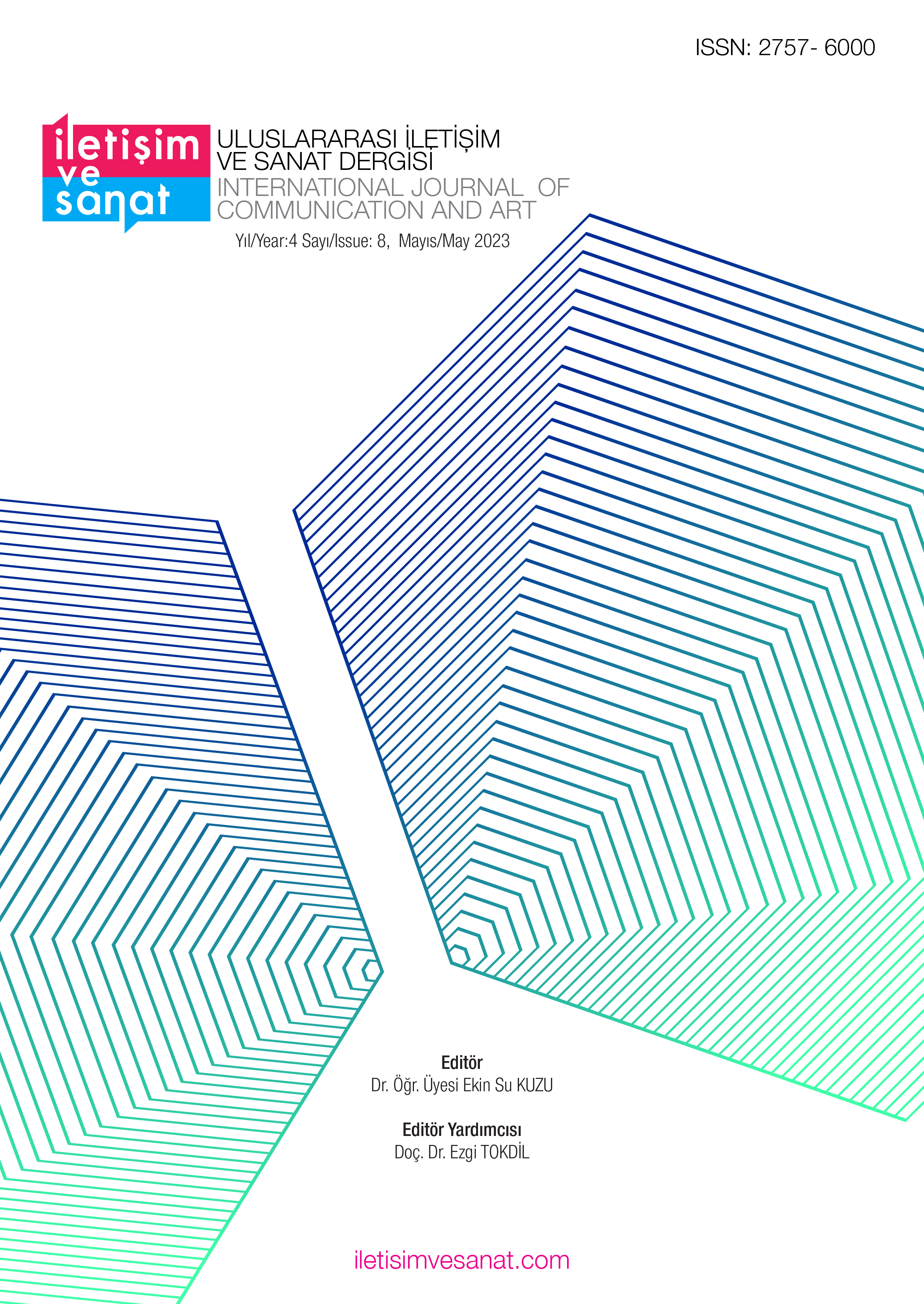HUKUK DİLİNİN GRAMER ÖZELLİKLERİ (ALMANCA VE ARNAVUT DİLLERİNE DAYALI KARŞILAŞTIRMALI MORPHO-SÖZDİZİMİ GÖRÜNÜMÜ)
Author :
Abstract
Diğer uzmanlık dilleri ve genel dil ile karşılaştırıldığında, hukuk dili kendine özgü özellikler taşır. Soyut bir karaktere sahiptir ve morfo-sözdizimsel düzeydedir. Arnavutça, hukukçular tarafından yanlış anlamaları önlemek için kullanılan birçok somutlaştırma ve bileşik isim içermesine ragmen daha az tercih edilir. Ancak aynı zamanda, Arnavutça'da ve Almanca'da ortaç öz-nitelikleriyle /partizipialattribute olarak ifade edilen apozisyonlarda daha az tercih edilen edilgen sesin birçok kullanımı da mevcuttur. Hukuk dili ise şematiktir ve bu şekilde somut eşitliğe hizmet eder. Bu şematizm, cümlenin yapılanma biçiminde de açıkça ifade edilir. Cümlelerin, hatta noktaların bile doğru bir şekilde yapılandırıldığı ve cümlenin bölümlerinin konumunun daha katı olduğu Almanca'da bunun daha fazla vurgulandığını görebiliriz. Oysa Arnavut dili, gerçekte çoğunlukla kaotik olan ve dilin sözdizimsel kurallarına uymayan cümle yapısından yoksundur. Bu nedenle, bu makalede tamlamalar, edilgen çatı ve sıfatlarla ifade edilen apozisyonlar gibi olguları ele alacağız. Sadece morfolojik plana atıfta bulunmayacağız, aynı zamanda cümlenin yapı gibi sözdizimsel düzeydeki tuhaflıklarını da tartışacağız.
Keywords
Abstract
In comparison to the other languages of the specialty as well as with the general language, the legal language demonstrates its specific features. It has an abstract character and on the morpho-syntactic level, it contains e.g. many substantivizations and compound nouns, which are used by the jurists to avoid misunderstandings while the Albanian language uses less; but also many uses of the passive voice, which is used less often in Albanian, as well as in German appositions expressed with participles attributes /Partizipialattribute. On the other hand, legal language is schematic, serving in this way for material equality. This schematism is also clearly expressed in the way the sentence is structured. We notice that it is more emphasized in German, where the sentences, even the periods, are correctly structured and the position of the parts of the sentence is more rigid. Whereas the Albanian language lacks sentence structure, which in reality is mostly chaotic and does not follow the syntactic rules of the language. Therefore, in this presentation, we will not only refer to the morphological plan, where we will treat phenomena such as substantivizations, passive voice, and appositions expressed with participles, but we will also deal with peculiarities at the syntactic level, such as the structure of the sentence.





